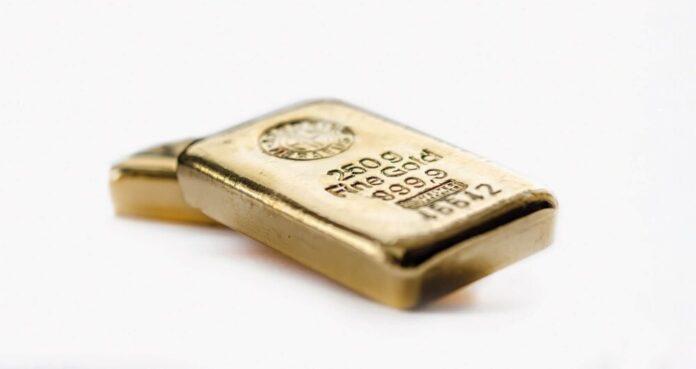The World Gold Council’s Q2 2025 Gold Demand Trends report shows Thailand’s robust consumer demand for gold continues, with total quarterly gold demand up 11.6t, or a 25% year-on-year increase. Total quarterly global gold demand (including OTC[1]) reached 1,249t, a slight 3% increase year-on-year amid a high price environment. Strong gold investment flows largely fuelled quarterly growth, as an increasingly unpredictable geopolitical environment and price momentum sustained demand.
Gold ETF investment remained a key driver of total demand, with inflows of 170t over the quarter, compared with small outflows in Q2 2024. Asian-listed funds were major contributors at 70t, keeping pace with US flows. Combined with record inflows in Q1, global gold ETF demand reached 397t, the highest first half total since 2020.
Total global bar and coin investment also increased 11% year-on-year, adding 307t, with Thai investors posting an impressive 38% year-on-year increase to 10t. Among ASEAN nations, Thailand also reported strong quarter-on-quarter growth in bar and coin demand, up 35%, while rest of its peers showed decline. Regionally Chinese investors led the way with demand reaching 115t, and Indian investors continued to add to their holdings, totalling 46t in Q2. Divergent trends emerged in Western markets as European net investment more than doubled to 28t while US bar and coin demand halved to 9t in the second quarter.
Central banks continued to buy, albeit at a slower pace, adding 166t in Q2 2025. Despite this deceleration, central bank buying remains at significantly elevated levels due to ongoing economic and geopolitical uncertainty. Our annual central bank survey[2] shows that 95% of reserve managers believe that global central bank gold reserves will increase over the next 12 months.
Jewellery demand continued to decline with the volume of global consumption down 14% and nearing low levels last seen in 2020 during the COVID pandemic. Jewellery demand in China was down 20% and Indian demand fell 17% year-on-year. However, in value terms the global jewellery market increased to a total of US$36bn. Gold jewellery demand in Thailand followed global trends, whereby volumes declined 20% year-on-year as record prices curbed overall spending power with a shift in preference towards lower carat jewellery noted across all ASEAN markets.
Total gold supply increased 3% to 1,249t, with mine production up marginally to a new second quarter record. Recycling increased 4% year-on-year but stayed relatively subdued considering the high price environment, whilst Thailand saw recycled supply go down sharply following extraordinarily strong supply growth in the first half of 2024.
Mr Shaokai Fan, Head of Asia-Pacific (except China) and Global Head of Central Banks at the World Gold Council, noted: “Thailand has faced considerable economic challenges in early 2025, shaped primarily by trade tensions and volatile US policy shifts, against a backdrop of broader global uncertainties. Despite record-high prices, Thailand’s gold demand remains very strong, with bar and coin investment showing continued robust growth in contrast to the sluggish demand for gold jewellery.”
Louise Street, Senior Markets Analyst at the World Gold Council, commented: “Gold recorded a remarkable 26% appreciation in the first half of the year in dollar terms, outperforming many major asset classes. With such an impressive start to the year, it is possible that gold could trade within a narrow range in the latter half of 2025. On the other hand, the macroeconomic environment remains highly unpredictable, which may underpin further gains for gold. Any material deterioration in global economic or geopolitical conditions could further amplify gold’s safe-haven appeal, potentially pushing prices higher still.”



